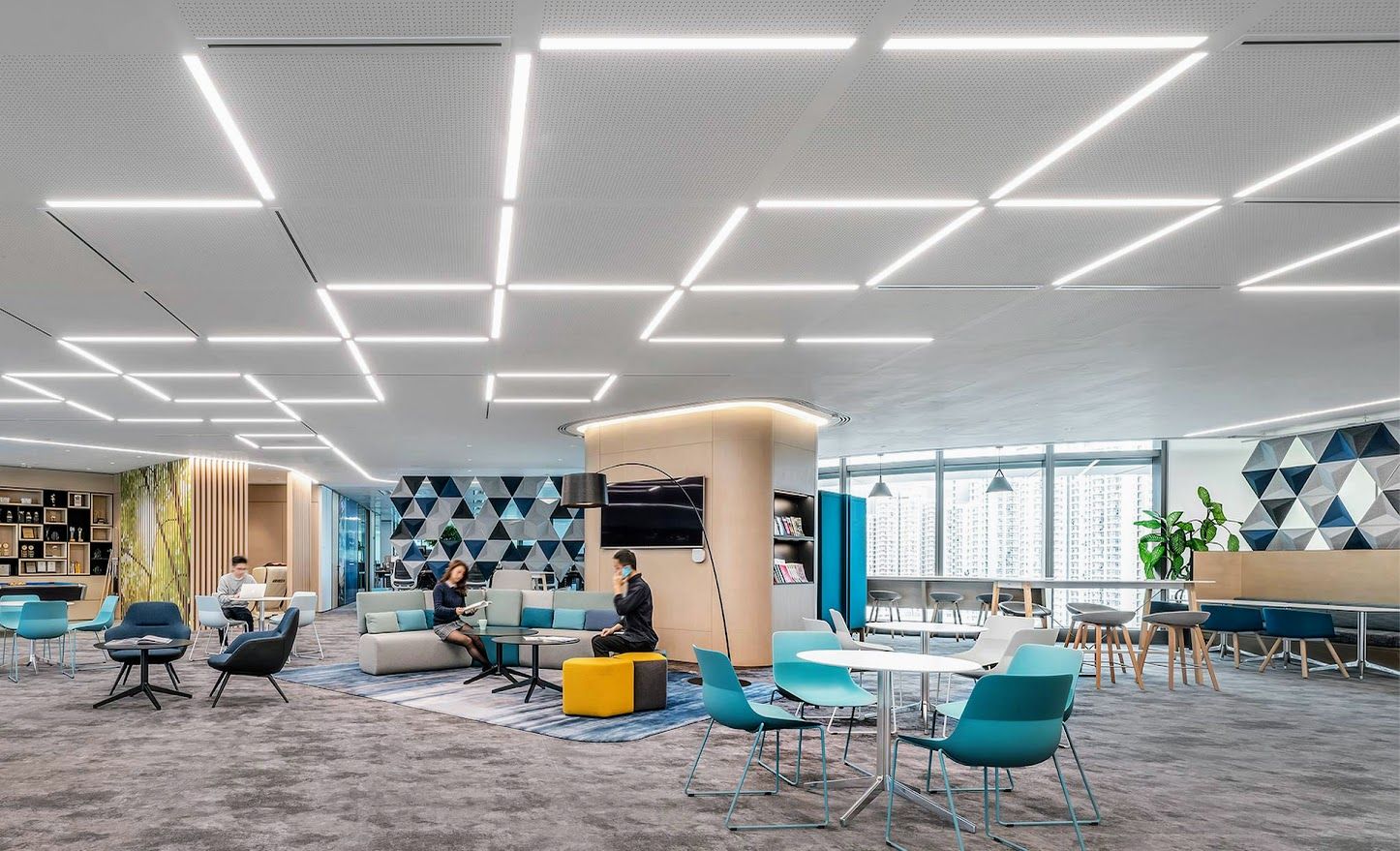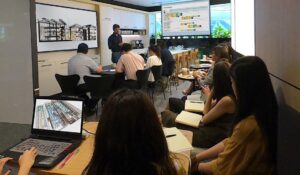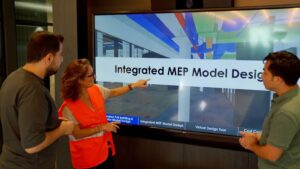Microzoning is an emerging trend allowing employees to personalize their workspaces. This shift challenges traditional, uniform office environments, which rely on centralized systems for lighting, heating, and ventilation.
By giving employees control over temperature, airflow, and lighting in their immediate areas, microzoning enhances comfort and satisfaction, directly impacting productivity. Harvard’s research shows that individual control over environmental factors leads to better comfort and performance.
For companies planning office relocations or expansions, microzoning offers a strategic advantage. It fosters flexibility, autonomy, and employee engagement—key elements in attracting and retaining talent. As hybrid work grows, microzoning supports various work modes, whether for collaboration or focused tasks.
However, microzoning presents challenges. While new technology makes this system more accessible, retrofitting older buildings can be costly and complex. Companies must weigh the infrastructure changes and costs, ensuring personalized controls don’t interfere with shared office dynamics.
In new builds, microzoning can be seamlessly integrated. For existing offices, selective implementation in private areas or quiet zones can still provide benefits. Leaders should focus on balancing the desire for flexibility with the practicalities of managing a shared environment.
Microzoning signals a move towards adaptive, human-centered office design, offering a pathway to enhanced comfort, productivity, and talent retention.
WorkplaceDesign HumanCenteredDesign OfficeWellbeing FlexibleWorkspaces AdaptiveDesign HybridWork OfficeInnovation EmployeeEngagement WorkplaceTrends OfficeRelocation




